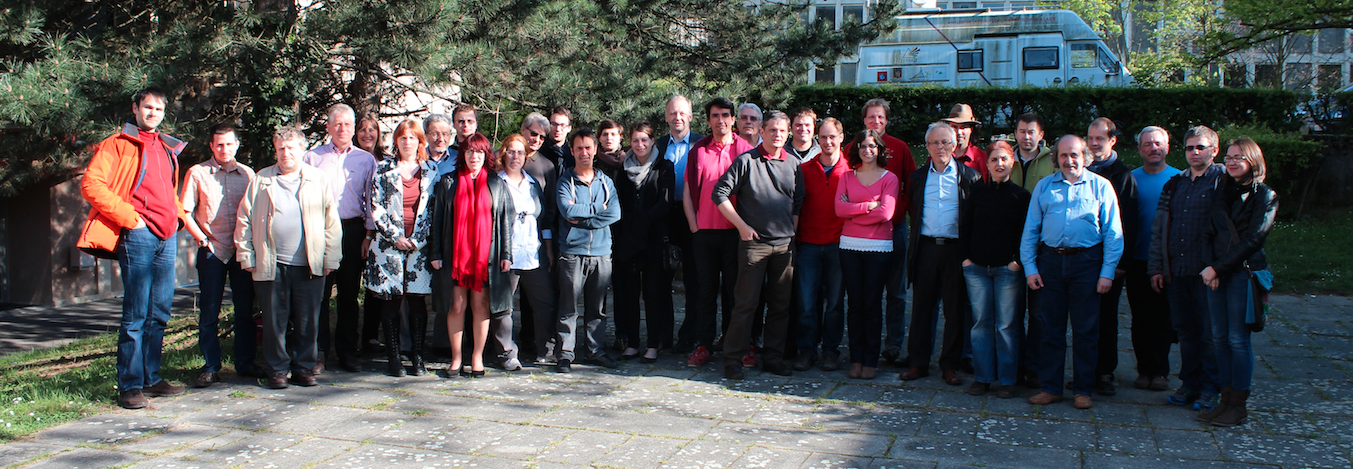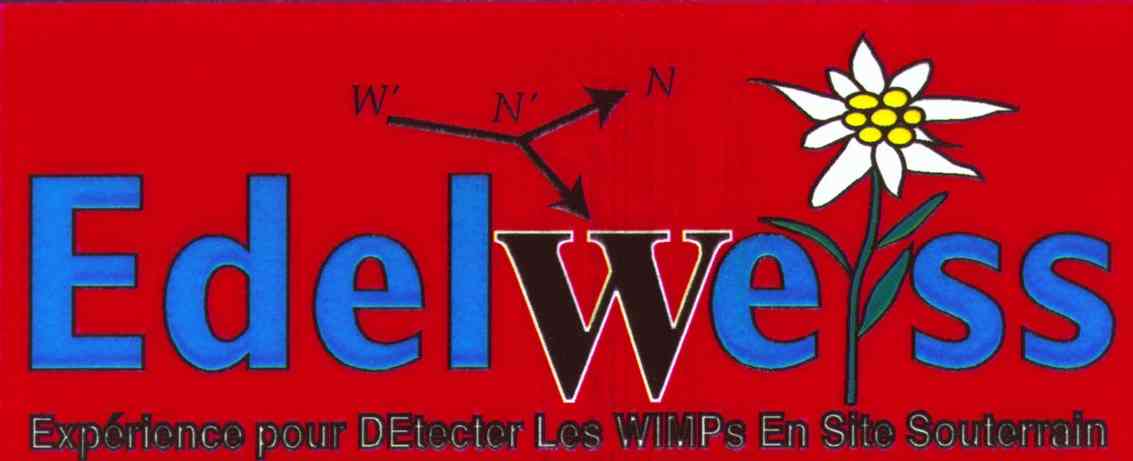
Member institutions
The Edelweiss-III experiment is located at the LSM, a laboratory of IN2P3. The collaboration member institutions are:
- The French CNRS with the following laboratories:
- The Néel institut (CRTBT) at Grenoble, involved in the cryogenics system and the acquisition electronics.
- The center of nuclear and mass spectrometry (CSNSM) at Orsay, involved in the detector R&D (bolometers with interdigitized electrodes or nobium-silicium films) and cabling.
- The nuclear physics institute at Lyon (IPNL), involved in data analysis, simulations, acquisition and R&D.
- The laboratory for photonics and nanostructures at Marcoussis (LPN) involved in low-noise electronics developments (HEMTs).
- The French CEA with the following laboratories:
- The particle physics service (SPP) involved in analysis and simulations.
- The electronics, detector and informatics service (SEDI) involved in acquisition, R&D and detector fabrication.
- The Saclay institute of matter and radiation (IRAMIS) involved in cryogeny.
- The Karlsruhe Institute of Technology (KIT) with its Center of Elementary Particle and Astroparticle Physics (KCETA) and the participating institutes for Experimental Particle Physics (ETP), for Nuclear Physics (IKP) and for Data Processing and Electronics (IPE). The KIT is responsible for the muon veto system and involved in data analysis, background studies and electronics.
- The nuclear research center of Dubna, Russia (JINR), involved in simulations and the neutron detector.
- The physics department of Oxford University (UK), involved in cabling.
- The physics department (astroparticle group) of Sheffield University (UK), involved in simulations.

 Edelweiss-III
Edelweiss-III